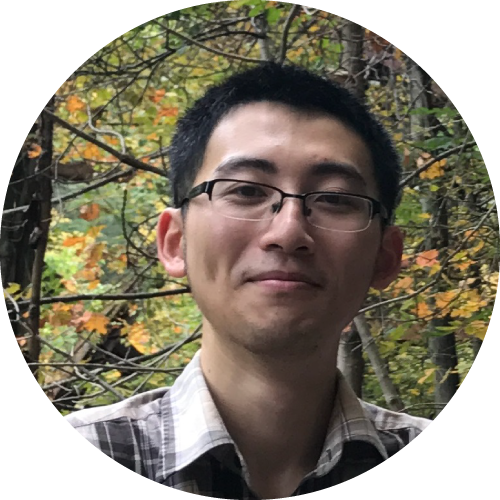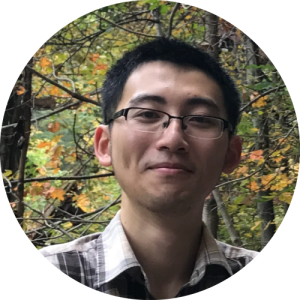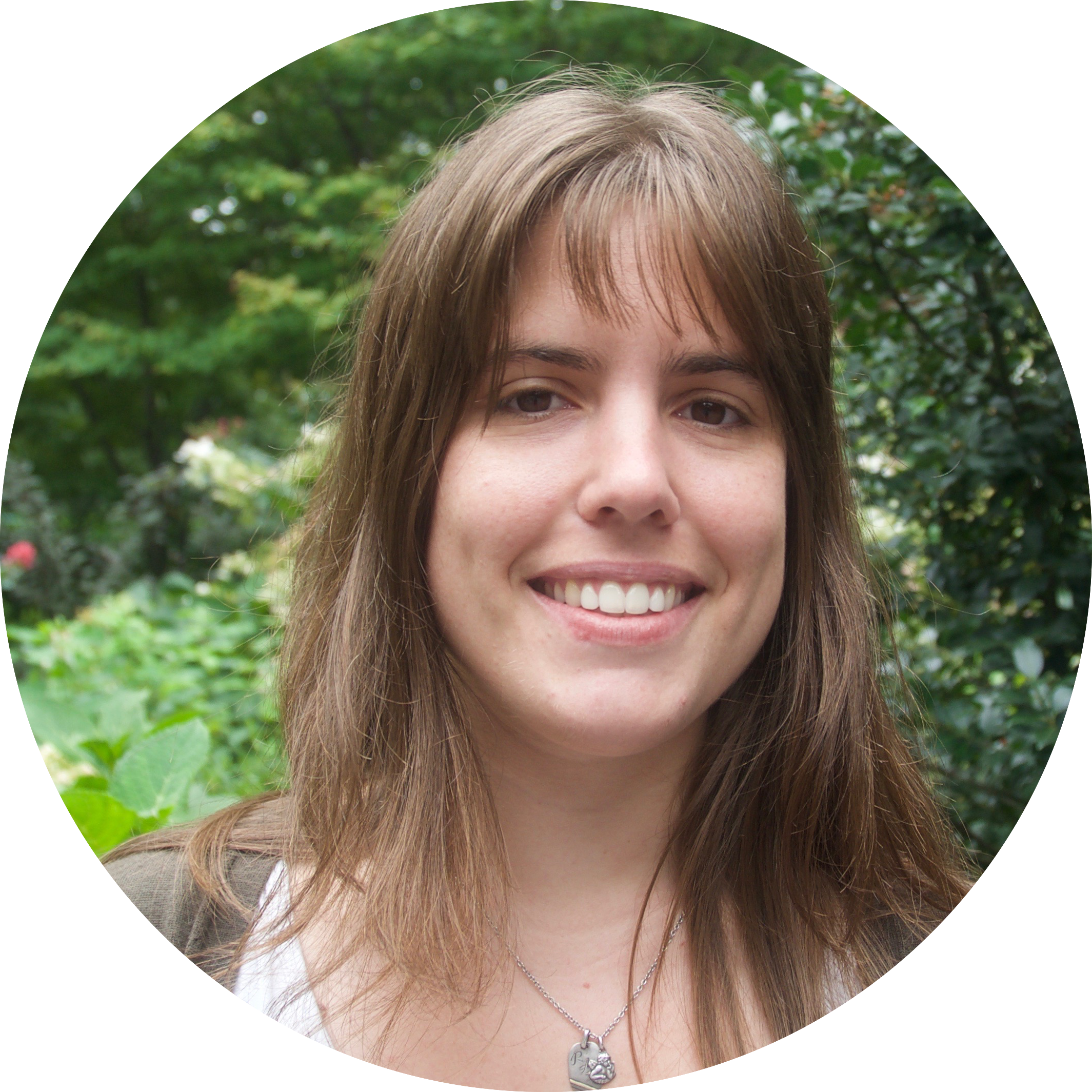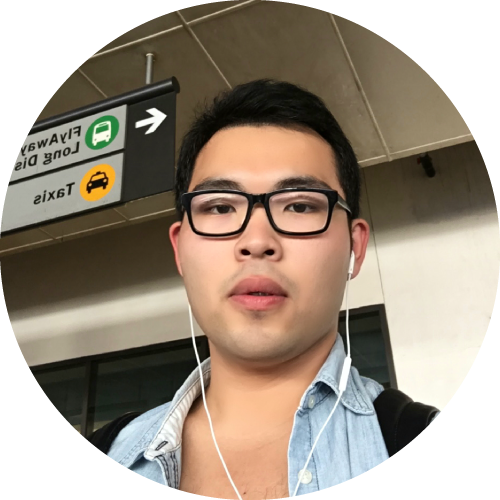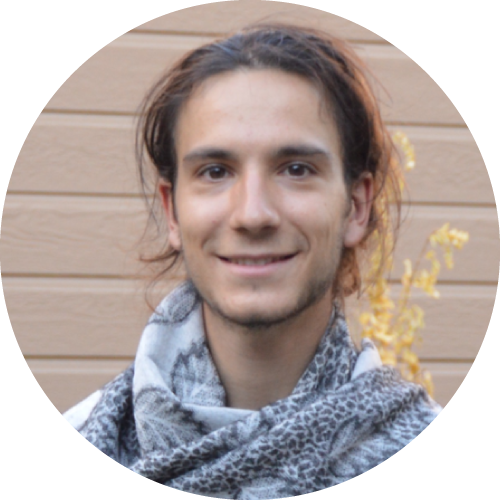Name:
Yuhao Kang
Department:
Project Title:
Wave Transport in Disordered Photonic Topological Insulator
Website:
Yuhao Kang is a fourth year Physics PhD student at The Graduate Center, CUNY. In 2015, he graduated from Fudan University, China, where he earned a B.S. in Physics. While an undergraduate, he attended Yale University as an exchange student, where he completed a thesis in biophysics. His recent publications include ‘α-SNAP Enhances SNARE Zippering by Stabilizing the SNARE Four-Helix Bundle’ in cell reports (2016) and ‘Pseudo-spin–valley coupled edge states in a photonic topological insulator’ in Nature Communications (2018). His current research interests include wave transport in random media, artificial materials, and photonic topological insulators.
Project
The photonic analogue of topological insulator provides light new degrees of freedom (such as pseudo-spin and valley degrees), which have been widely studied in nanoelectronics and provide a potential approach for optics encoding and transport.
In this project, the spin-orbit coupling was introduced into a meta-crystal with a rod and collar, while a trivial valley crystal was created in a lattice of triangular prisms. Along the interface between these domains, a ballistic edge state emerges whose spin-valley indices are locked to the direction of propagation.
The absence of backscattering in weakly disordered TIs indicates the difference in transport statistics between normal metallic systems and topological-protected states. It is important to study the effect of disorder on the edge mode, since the spin/valley degree of freedom and different types of disorder play key roles in transport.
The propagation of light can be described by the transmission matrix, which shows the connection between the incoming and outgoing propagating modes. Based on this matrix, we extract the conductance distribution, as well as the distribution of transmission eigenvalue. This provides us information about the different responses of edge/bulk states in the presence of disorder.
Near the transition point, the conductance distribution is asymmetric, indicating the different localization strengths of edge states and bulk states. The largest transmission eigenvalue is near one, which indicates the residual effect of the edge mode. On the other hand, the increasing of the second largest eigenvalue indicates the coupling among the localized bulk states, a process similar to the percolation, which helps the wave hopping through chains of localized states.
In this project, we studied the statistics of wave transport in a disordered topological insulator. A more comprehensive picture was obtained for the finite system.
Light can carry information via its intensity and phase. A long-term question is can we endow ight with new degrees of freedom, and ensure low-loss propagation at the same time? The recent development of photonic topological insulator provides a solution. It’s an idea based on the photonic crystal, which can confine light within the band gap. So what if we integrate two crystals with different topological properties? Topology is an idea that comes from geometry; if two objects can be continuously deformed to each other, we will say they are topologically equivalent. For example, the surface of a ball is equivalent to the surface of a cube, but is different from the surface of a donut. Our project (a collaboration with Xiaojun Cheng and Xiang Ni) is to observe the surface mode between the “ball”-like region and “donut”-like region, which will be referred as trivial and nontrivial domains in the following text.
To better describe the system, two indices are introduced: valley and spin. “Valley” can be considered the vertex of a hexagon. Among a hexagon’s six vertexes, the nearest two points are inequivalent, while the next-nearest two points are equivalent. As a result, these six points can split into two inequivalent groups (k and k’). “Spin” shows the phase difference between two modes supported in the unit cell, which can be represented by an upward/downward arrow. Both spin and valley can be seen as signals carried by photons. It is natural to ask two questions: 1. How about the fidelity of signal during propagation? and 2. Can we extract a specific signal (e.g. signal in valley k and spin up subspace) from the incoming wave?
In this project, two experiments are designed to answer these questions. First, along the interface between the trivial and nontrivial domains, the measured transmission of the edge mode within the band gap is nearly one. This demonstrates the robustness of the signal. Otherwise, the spin-flipping of wave will imply the backscattering of edge states and the decreasing of transmission. Secondly, a Y-junction was constructed among two nontrivial regions and one trivial region. When the wave reaches the junction point, it will select the path based on its valley polarization. The modulation of valley index from k to k’ can control the wave jump from one path to another one. These results open up the possibility of using valley indices to control the flow of optical signals in 2D structures.
A primary direction of my research is the wave propagation in the disordered sample. This project is an important part in my dissertation. It provides a novel platform incorporating the idea of topology and controllable defects. The peculiarity of this system, such as the ballistic edge state, provides a new phase of disorder in my proposal. This summer, thanks to the support of the fellowship, I gave an oral presentation about this project in the CLEO conference, San Jose, California. While there, I met with many groups in this field and extended my professional horizons.
